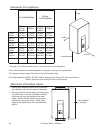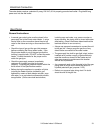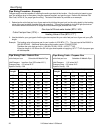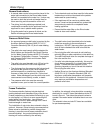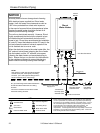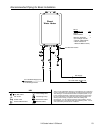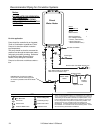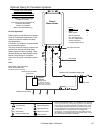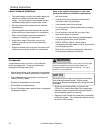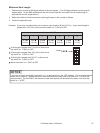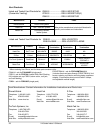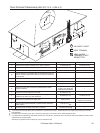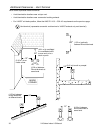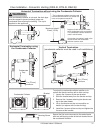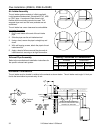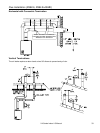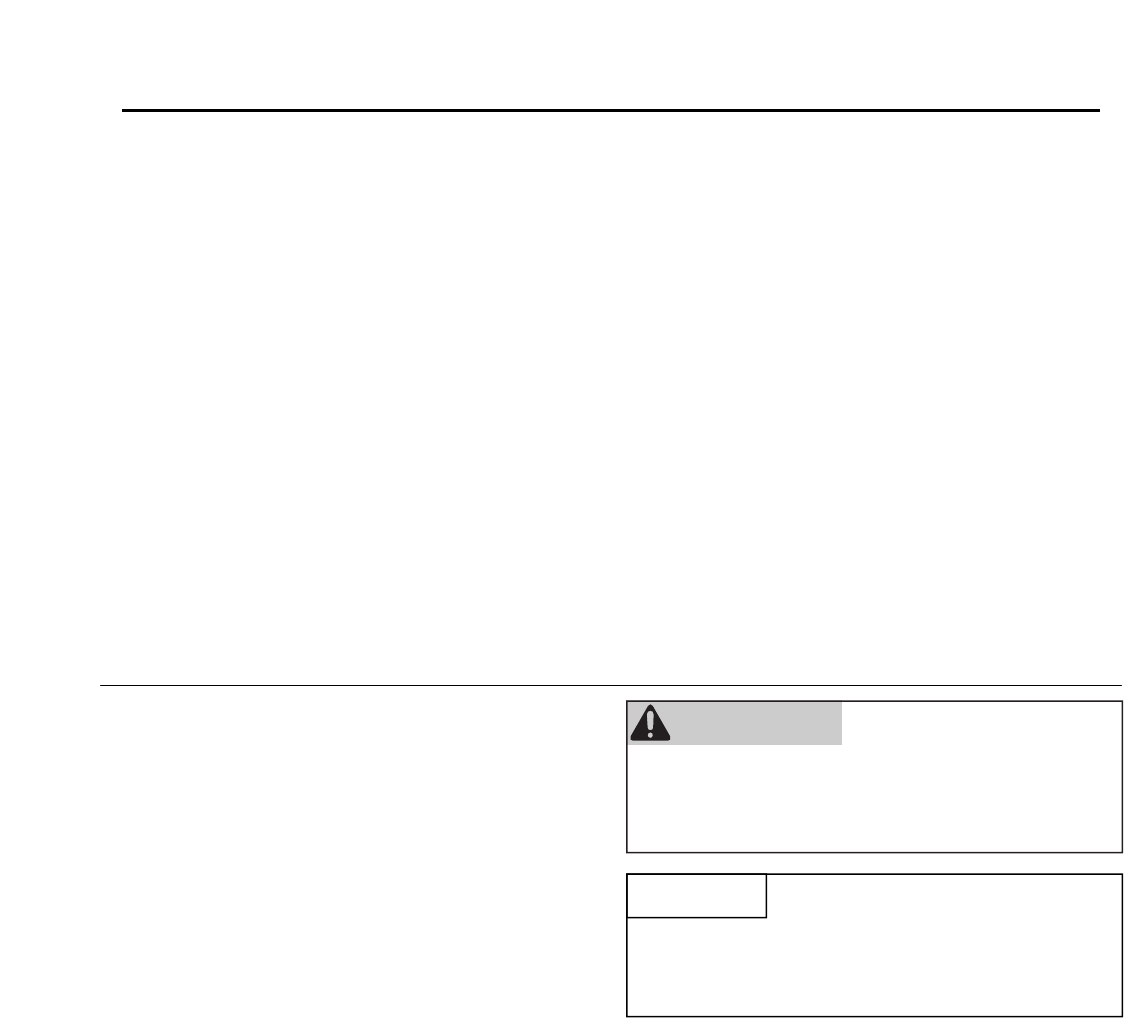
26 VA Series Indoor LS Manual
Venting Instructions
This water heater is a direct vent water heater and
therefore is certified and listed with the vent
system. You must use vent components that are
certified and listed with the water heater model.
Do not combine vent components from different
manufacturers.
The vent system must vent directly to the outside
of the building and use outside air for combustion.
Every vent connection must be accessible for
inspection, cleaning, and replacement.
Avoid dips or sags in horizontal vent runs by
installing supports per the vent manufacturer
,
s
instructions.
Support horizontal vent runs every four feet and all
vertical vent runs every six feet or in accordance
with local codes.
Venting should be as direct as possible with a
minimum number of pipe fittings.
Vent diameter must not be reduced.
Do not connect the venting system with an existing
vent or chimney.
Do not common vent with the vent pipe of any
other water heater or appliance.
Vent connections must be firmly pressed together
so that the gaskets form an air tight seal.
R50LSi, R75LSi, R94LSi: The vent piece
connected to the water heater must be secured with
one self-tapping screw.
Refer to the vent pipe manufacturers
,
instructions
for component assembly instructions.
Condensate
Condensate formation can occur in high efficiency
direct vent appliances. To prevent condensate
damage follow these instructions.
Intake / Exhaust Guidelines
Refer to the specific instructions on your vent
product for additional installation requirements.
Vertical terminations must incorporate a condensate
drain and trap as close as possible to the appliance.
The condensate trap must contain a minimum of 3
inches (75 mm) of water.
Dispose of condensate per local codes.
Rinnai offers a condensate trap.
•
•
•
•
•
•
•
•
•
•
•
•
•
•
•
•
•
Rinnai LSi tankless water heaters have an integrated
condensate collector.
•
Slope any horizontal venting 1/4 inch per foot
(19 mm / m), towards the heater if the condensate
collector is used, or towards the exhaust terminal if
the condensate collector is not used.
Regions of cold climate will create more condensate
in the vent system. The condensate collector should
be used in cold climates.
NOTICE
Provisions must be made to prevent the condensate
from entering the water heater. Without proper
drainage or disposal condensate will damage the heat
exchanger.
•
•
WARNING
If the condensate collector is not used, the drain pipe
must be capped to prevent exhaust gases and
condensate from entering the building. The cap is
supplied on the appliance.



